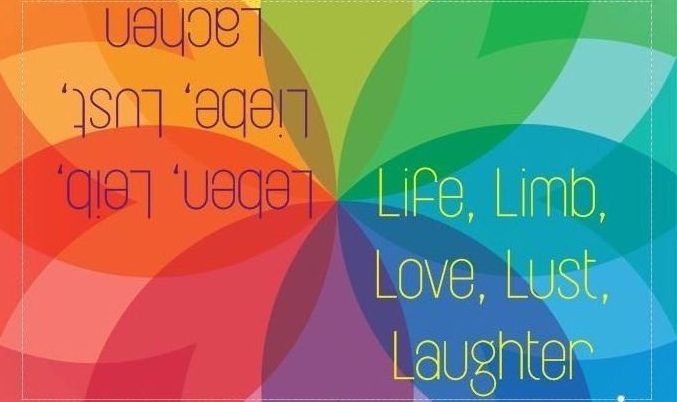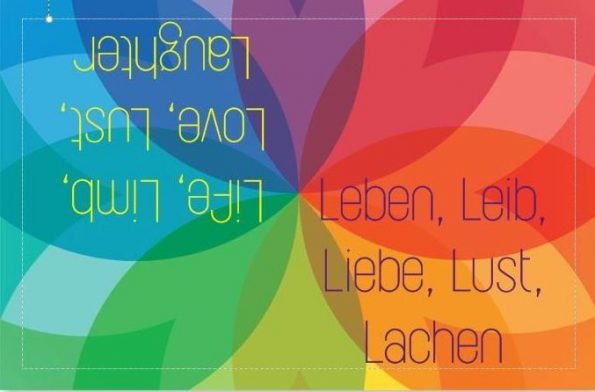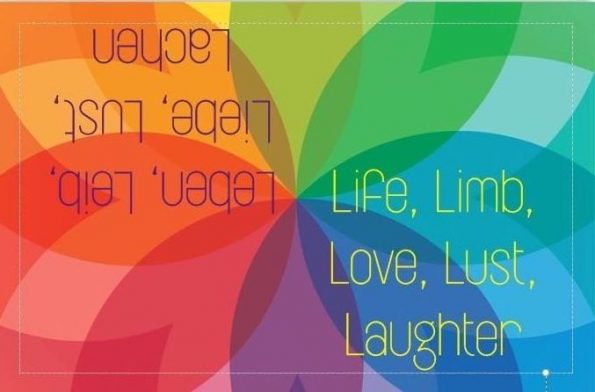Cues: Between and Beyond
This is Sean. I am back with you to further our discussion of HHIA Relationships and how we create and maintain them. Building on our exploration of actively expressing ourselves and actively listening to those around us, we are going to look at other modes of communication.

Communication is Key
Relationships, especially Happy, Healthy and Intimate ones are based on communication. We have explored clear expression and active listening. On the one hand, these two activities are excellent ways of communicating. On the other hand, there are a lot of other ways we have learned and are taught to both give and receive information.

Words and Actions
In other words, we have essentially two primary ways of expressing ourselves in the world: words and actions.
Words start out as sound and receive meaning through perception and interpretation. Some of our first words are no, yes, ma, da, and so on. Words then develop into sentences and eventually language.
Actions are movement. In simple terms, we move toward things we like and away from things we don’t like. This action is initiated by attraction, belief, and/or intention. Truthfully, we do not know if we like something or someone until we actually interact. These actions become patterns and habits, ultimately creating behavior.
Between & Beyond Words
We do receive information/input in from other sources between and beyond words and direct action:
- Cues – “Say Something”, …and you? Any thoughts? Hmmm..
- Hints – Warm, Cold, More, I am thinking of…
- Promts – „Jump“ „Simon Says“…
- Signs – Stop, Yield, X-ing, Children, Advertising
- Signals – Traffic lights, Blinkers, Emojis

All of these things have a lot in common. They are all created/intended to inspire a response. We learn lots of these from our parents, family, friends, social groups, culture and religion. Another thing these things have in common is that they are often indirect, culturally varying and open to interpretation. This makes them all challenging to always understand and appropriately apply.
Music makes or breaks an atmosphere. It helps to create the mood and also is a very important aural cue; simply shut off the music when you want people to leave.
Lisa Vanderpump
Achieve and Avoid
Due to both their flexibility and their coded nature, we tend to use them when trying to achieve and/or avoid experiences. This has the potential to inspire misunderstandings, a lack of clarity, and is often experienced as nervousness or insecurity because we lose our sense of security and connection when we do not understand what is being expressed. We can be associated with the “fight or flight” response.

Fight or Flight
Consider the times you have been misunderstood or misunderstood someone or something yourself. This is how we all feel when things become unclear or indecipherable. This is objectively noone’s fault and can be resolved when we calm down and clearly express, ask, and actively listen to the intentions and desires of ourselves and those around us.
In conclusion, I invite you to think about some of the ways you, your friends and environment use Cues, Hints, Promts, Signals and Signs to inspire and create actions and responses in your life.
- Are they always clear?
- Does everyone interpret them the same way?
- Is the result always satisfactory for eyerone involved?
Next time we will explore some examples and how we can improve our understanding and our use of these communication styles further.
This is Sean. Try being nice to yourself (and those around you) for a minute, an hour, a day, a week, and see what happens.
Love to hear your thoughts. Till next time! Our earlier Blog-Lessons:
1–2–3–4–5–6–7–8–9–10–11–12–13–14–15–16–17–18–19 –20 –21–22–23–24–25–26–27–28



